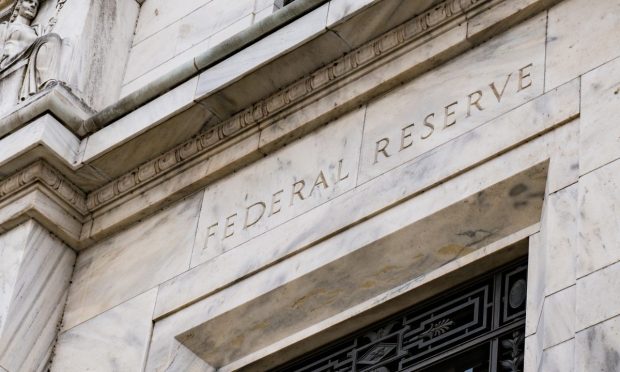FedNow’s Progress on Instant Payments May Weaken Case for Digital Dollar

Deciding whether to create a digital dollar was a key part of an executive order President Joe Biden announced Wednesday morning (March 9) to create a uniform national policy on cryptocurrencies and other digital assets.
Read more: Biden Issues Executive Order to Fast-Track Crypto Policy
But just as he was lighting a fire under the cause of a U.S. central bank digital currency (CBDC), the Federal Reserve was making another, far lower-profile announcement that undercuts one of the key arguments for a blockchain-based CBDC: its capacity to enable real-time payments.
The Fed launched a FedNow Service Providers Showcase Wednesday, highlighting 70 firms that are working on the U.S. central bank’s end-to-end instant payments system.
Divided into more than a dozen categories ranging from digital wallets and risk management to core banking platforms and payments network operators, the showcase makes clear just how far along the process is and the breadth of the offerings on display.
“There is no one-size-fits-all approach to instant payments, and flexibility surrounding planning, implementation and adoption is a critical component of the service,” said Nick Stanescu, senior vice president and FedNow Service business executive. “We are committed to collaborating with the industry to develop an ecosystem that will support the end-to-end instant payments experience, and the showcase suggests we’re off to a good start.”
It is the culmination of a six-month process, Connie Theien, the Fed’s senior vice president of industry relations, said, noting that the showcase “provides financial institutions and others with a range of vendors that stand ready to help them plan for and implement the FedNow Service, which launches next year.”
First Mover Advantage
It’s those last four words that are key to FedNow’s ability to weaken the case for a digital dollar.
Launching in 2023, FedNow will be years ahead of a digital dollar, which would take years to launch even if it was approved today. And given that the U.S. only Wednesday announced its formal interest in a CBDC, just reaching that decision will almost certainly take several years.
After all, Fed Chairman Jerome Powell has said repeatedly that the U.S. is not in a race to create a digital dollar.
See more: Fed’s Powell Says CBDC Will Be Years, Not Months, Away
“We don’t feel an urge or need to be first” to create a CBDC, he said in January 2021. “Effectively, we already have a first-mover advantage because [the U.S. dollar is] the reserve currency.”
China, on the other hand, said it has a first-mover advantage because its CBDC is on the verge of launching — with the technology completed and extensively tested in lotteries throughout the country that gave away millions of dollars in digital yuan to tens of thousands of citizens.
And there is concern that China will be able to leverage the digital yuan into a tool to challenge the primacy of the U.S. dollar in the world’s financial system.
But Do We Need It?
Between FedNow and The Clearing House’s RTP network, there’s an important question to be asked, according to Rob Hunter, deputy general counsel of The Clearing House.
Noting that most of the discussion around CBDCs has focused on their potential benefits, in a conversation with PYMNTS’ Karen Webster, Hunter posed the question: “What problem does it actually solve?”
Read more: Real-Time Payments Are Coming — But Do We Need Crypto to Deliver It?
That’s a question Webster explored in far more detail in January.
While noting that there are “real use cases for a CBDC,” Webster also questioned whether the Fed is capable of being a source of innovation, especially on an ongoing basis.
See more: The Three Most Important Questions for the Fed on Its CBDC Plans
It “hasn’t ever been regarded as operating at the forefront of digital payments innovations,” she said. “Perhaps that’s not even how it’s wired to operate.”
